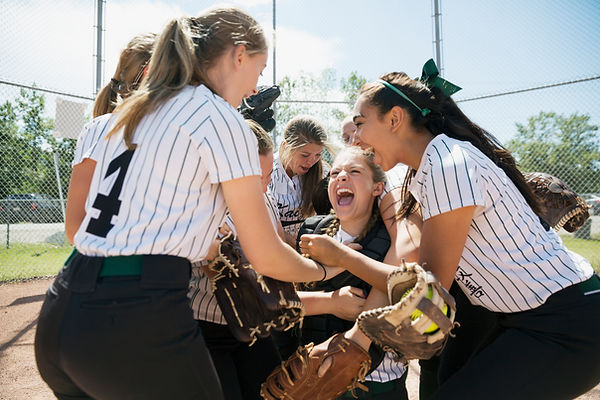Teen Endo
In the book Beating Endo (2019), Drs. Iris Orbuch and Amy Stein write of their typical patient:
“A woman who most likely has suffered debilitatingly painful periods since middle school, went on to develop painful bladder and GI problems, ‘graduated’ to pelvic floor and other musculoskeletal dysfunctions, and by now is also suffering from depression, anxiety, and the whole palette of endo disasters.”
“What if we had first ‘caught’ her back when she was first having those cramps at age thirteen or fourteen?” the excision specialist and pelvic floor physical therapist ask.
Endo may seem like an “adult” problem, but early diagnosis and effective treatment are critical to curtail its damage. This process is the same for teens as it is for the adult patient, according to Orbuch and Stein. Treating endometriosis requires a multimodal approach: diet, PT, and surgery.

Managing Teen Endo
A skilled specialist may look for history of stomach issues and bladder problems, or feel for tightened abdominal and pelvic muscles. They may or may not need to perform an internal exam. If you have concerns, discuss whether a vaginal examination is necessary. A patient’s history and symptoms may be enough to suspect the presence of endo.
Doctors may prescribe birth control pills to manage symptoms. However, they do not cure endometriosis. Indeed, even with symptom improvement, the disease can still continue to advance.
Dietary changes may ease symptoms. Endometriosis specialist Dr Nicholas Kongoasa suggests consulting with an integrative medicine specialist to reduce the body’s inflammatory load through personalized diet to reduce pain.
Physical therapy may be even more valuable to the young patient. It can be easier with quicker results compared to adults because the body has not developed as many bad habits or coping reflexes. Early intervention with physical therapy can prevent the painful tensing, spasming, and shortening of muscles seen in older counterparts. It can also help the teen to be in better shape for a more successful excision surgery.
As with adults, the gold standard treatment for endometriosis in teens is expert excision surgery. While advanced stage disease is possible in teens, surgeons must also look for clear lesions that signal young endo. Surgery may sound like a big step for a teenager, but there are many benefits. Excision early on means the disease is less likely to have distorted anatomy and revved up the central nervous system. This can limit the long-term consequences of endometriosis.
Some experts are hesitant to operate on teens because the lesions have not “fully matured,’ meaning they fear missing something and putting a teen through repeat surgeries. Conversely, many endo experts believe in the necessity of early surgical intervention for good long-term outcomes.

Facts About Teens and Endo
Don’t ignore the pain! Laparoscopically confirmed endometriosis is found in 70% of patients with painful periods.
Endo symptoms can start early—before age 15.
In many cases, symptoms can start even before puberty in the form of stomach and bladder problems.
Teens who have mothers, grandmothers, or aunts who have endo are 7-10 times more likely to also have it compared to peers."
